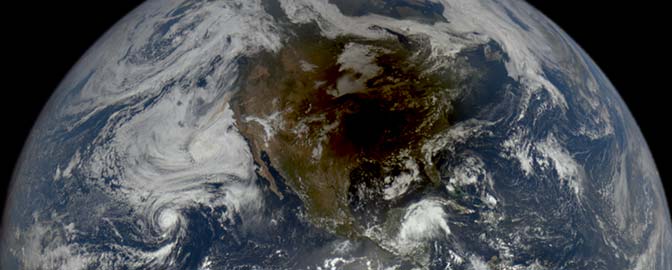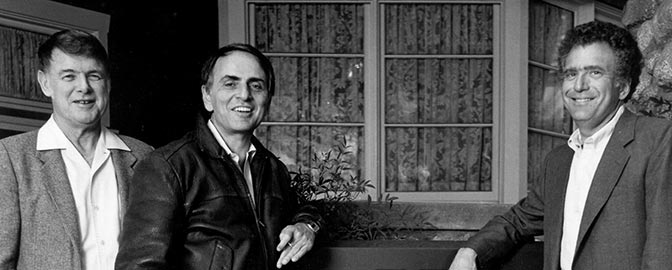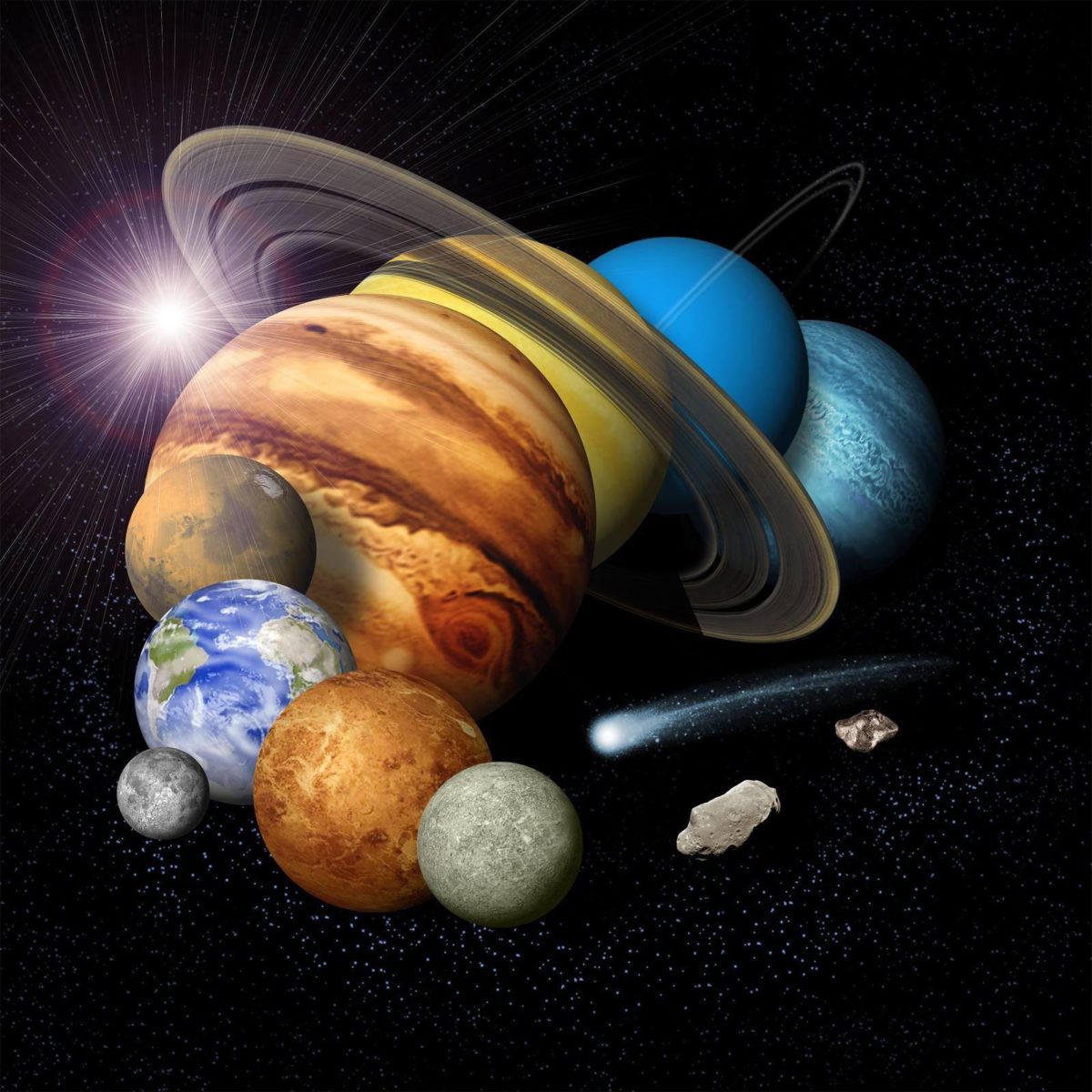All
All
Stories, updates, insights, and original analysis from The Planetary Society.
Science enables exploration, exploration enables science
One primary goal of the LRO mission is to acquire the amazing bounty of scientific data necessary to enable future human lunar exploration and utilization. But why should we even bother going back?
This is a special day...
It is a day where when all humans should take time to celebrate the momentous achievement that put two brave explorers on the face of another world. As Sir Arthur Clarke once famously said, the Apollo voyages will likely be the only events for which the 20th century will be remembered in the future, when humans live throughout the Solar System and beyond.
Climb Aboard Apollo 11 Time Machine
Grab your bell bottoms and Tang, and travel back to 1969 when Apollo 11's journey to the Moon captivated the world, and Neil Armstrong's and Buzz Aldrin's boot prints in the lunar dust transformed us into a multi-world species.
Apollo Plus 40
The editors of the site, Nature, have begun their ApolloPlus40 blog.
Celebrate Apollo 11's 40th Anniversary with the Crew
This summer, the Smithsonian Institution's National Air and Space Museum in Washington, D.C. will commemorate that extraordinary moment in history with a very special Apollo 11 celebration, featuring the mission's original crew members along with former Johnson Space Center Director Chris Kraft.
Exciting Times Ahead: 2010 Will Sizzle, and 2011 Will Really Cook!
Today, I'm kicking the week off with a look at the unusually intense confluence of far flung planetary exploration that's just around the corner, starting the middle of next year.
Fly me to the Moon...
Jim Bell describes his proposal to join the Lunar Reconnaissance Orbiter Cameras science team.
LPSC: Thursday: Rovers, Titan, Mars, Venus Express, Neptune
I spent a large portion of the day at the Lunar and Planetary Institute's library and presented my own poster during the poster sessions, so my coverage of Thursday's sessions is limited.
"Moon?"
It's a legal holiday here in the U.S. (President's day), and my daughter's babysitter is taking the day off, so I won't be getting much work done today. But I thought I'd check in to share the fact that, as we got out of the car last week, my daughter pointed up in the sky at the crescent moon and said
MESSENGER Snaps Earth-Moon Image in Approach to First Flyby
As MESSENGER began its approach for its August 2 flyby of Earth, its cameras have snapped their first images. The images clearly show a cloudy Earth—and, to scientists' surprise, the Moon as well.
No Icecaps at the Lunar Poles
New observations reported this week in the journal Nature have cast doubt on the theory that thick deposits of ground ice lie conveniently close to the surface in permanently shadowed crater floors at the lunar poles.
While We Weren't Watching: Apollo's Scientific Exploration of the Moon
Apollo gave us our money's worth. The Apollo lunar samples, totaling 381 kilograms (838 pounds), along with thousands of photographs and other data, are still yielding clues to the world that has been our Rosetta stone for deciphering planetary evolution.
The Gift of Apollo
Carl Sagan writes that once upon a time, we soared into the solar system. For a few years. Then we hurried back. Why? What happened? What was Apollo really about?


 Explore Worlds
Explore Worlds Find Life
Find Life Defend Earth
Defend Earth


 Sun
Sun Mercury
Mercury Venus
Venus Earth
Earth Mars
Mars Jupiter
Jupiter Saturn
Saturn Uranus
Uranus Neptune
Neptune Small Bodies
Small Bodies







